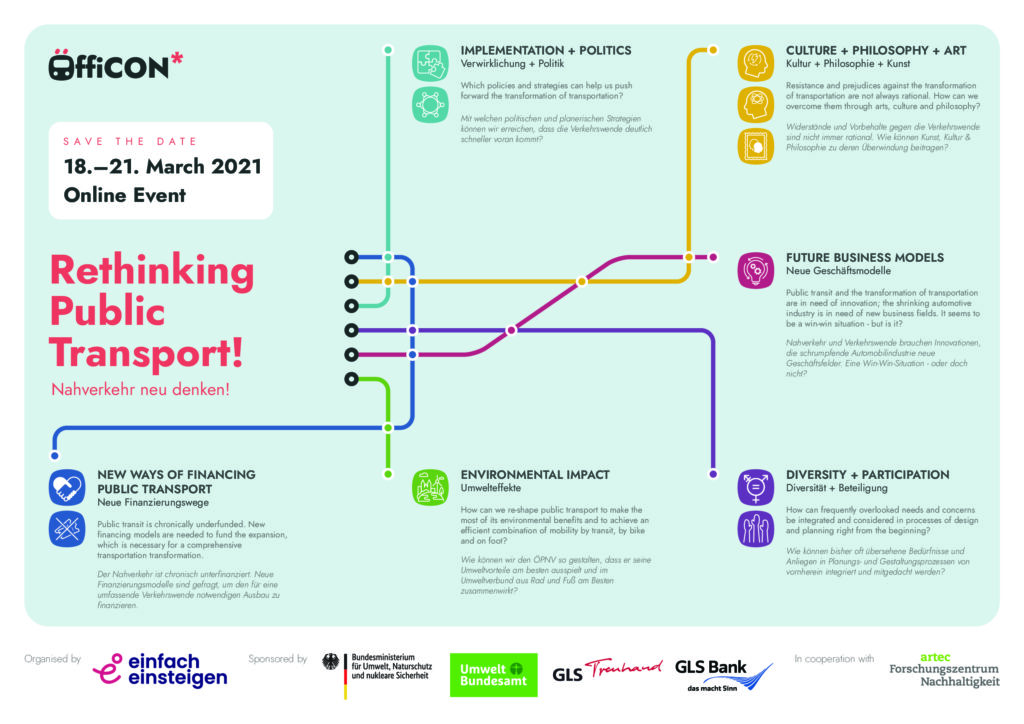Diversity and Participation
Being mobile is more than simply getting from one place to another. We spend a large part of our lives on the go. Yet, the experiences individuals make are vastly different. Depending on which mode of transport we choose, but also depending on our age, origin, gender, or potential limitations of physical or financial capacities, we experience mobility in very different ways. Car owners are privileged in their mode of transportation, which goes on the backs of other transport users, who are limited in their mobility and subjected to potential dangers. Cities are designed for car mobility. Accordingly, city space is unequally distributed, with parking spaces being offered for free, or at very low fees, in many cities. Public transport, bikers and pedestrians have to share the remaining space, which is frequently not protected sufficiently from car traffic. Certain groups of society are particularly affected by this: children, women, families, people with disabilities or individuals lacking financial resources are restricted in their mobility and hampered in their access to social life. Luckily, many places are in the process of correcting these mistakes of the past, and the pandemic has reinforced this trend. How can we contribute to accelerating the transformation process? How can groups who have been put at a disadvantage in the past be considered in and made part of new processes of planning and designing mobility, so that their needs and concerns are taken into account from the very beginning? Which particular potential is there for implementing this process in public transit, which is predominantly designed by men, but used mainly by women?

